CHALK POWDER
Chalk powder, also sometimes called whiting or calcium carbonate, is a versatile powder with a variety of uses beyond drawing temporary lines on a chalkboard. Here’s a breakdown of its properties and some common applications:
Properties of Chalk Powder
- Color: Chalk powder is typically white or off-white.
- Texture: It has a fine, soft texture.
- Absorbent: Chalk powder has absorbent properties, meaning it can soak up liquids.
- Non-toxic: It is generally considered non-toxic and safe for various applications.
Common Uses of Chalk Powder:
- Drawing and Marking: While the classic use on a chalkboard is well-known, chalk powder can also be used for temporary marking on a variety of surfaces. For example, carpenters might use it to mark cutting lines on wood, or tailors might use it to mark fabric for sewing.
- Cleaning: The absorbency of chalk powder makes it useful for various cleaning tasks. Here are some examples:
- Polishing: Chalk powder can be used to polish metals like silver or brass by buffing them with a soft cloth dampened with water and then dusted with chalk powder.
- Grease and Oil Absorption: Due to its absorbency, chalk powder can help absorb grease or oil spills. It can be sprinkled on the spill, allowed to absorb the liquid, and then swept away.
- Art and Crafts: Artists might use chalk powder to create textured effects in their artwork or as a base for pastels.
- Gardening: Some gardeners use chalk powder to deter slugs and snails as they dislike crawling over the abrasive texture.
Things to Consider When Using Chalk Powder:
- Surface Compatibility: While generally safe, test chalk powder on an inconspicuous area of a surface before applying it liberally, especially on delicate surfaces like fabrics.
- Dust: Chalk powder can create dust, so use it in a well-ventilated area and wear a mask if necessary to avoid inhaling it.
- Temporary Solution: The markings or cleaning effects achieved with chalk powder are typically temporary.
Alternatives to Chalk Powder:
Depending on the application, there might be other materials better suited for the task. Here are some examples:
- For drawing: Markers, pencils, or colored chalk pastels might be more appropriate depending on the surface and desired permanence.
- For polishing: Commercial metal polishes might be more effective for cleaning and polishing metals.
- For grease and oil spills: Commercial degreasers or kitty litter might be more effective for cleaning up spills.
- For pest control: Diatomaceous earth is another natural option for deterring slugs and snails.
Overall, chalk powder is a readily available, inexpensive, and versatile material with a surprising range of uses. By understanding its properties and limitations, you can effectively incorporate it into various tasks around the house, workshop, or garden.
• Weight: 8oz/225g
• Packing: color label
| STOCK NO. |
SIZE |
QTY./ CATRON |
| 42017 |
Blue |
60 |
| 42018 |
Red |
60 |
| 42019 |
White |
60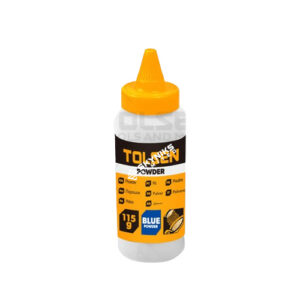 |






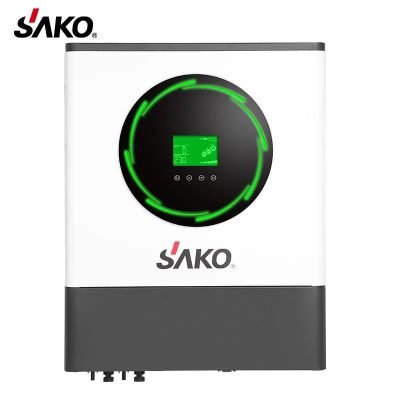


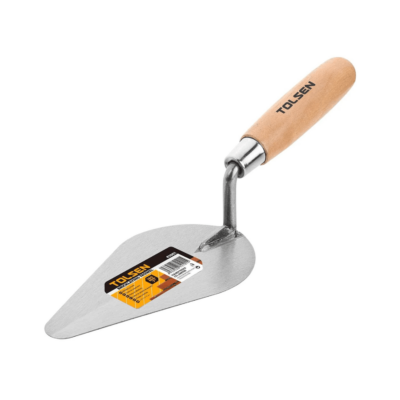
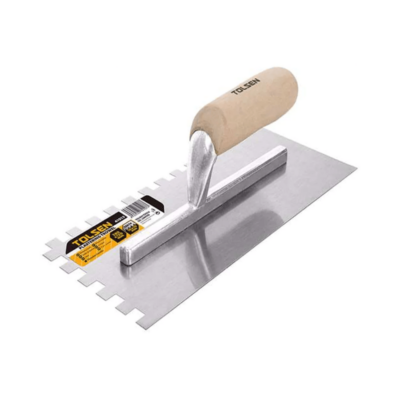
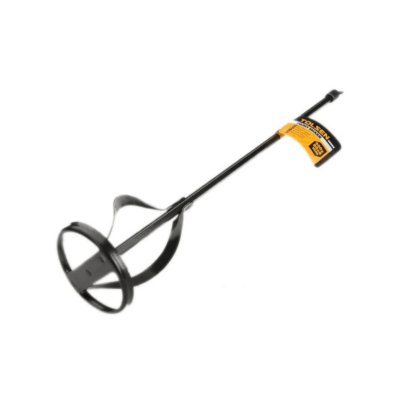
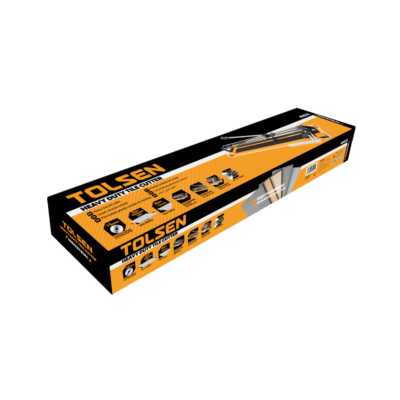
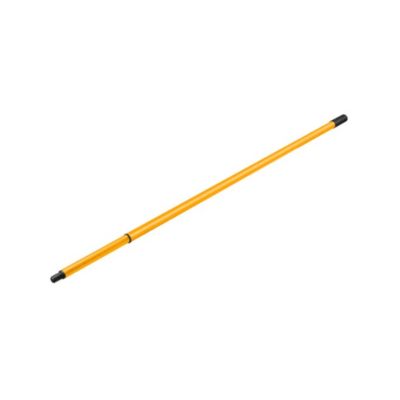
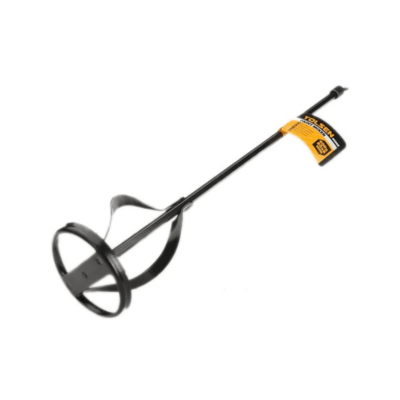
Reviews
There are no reviews yet.